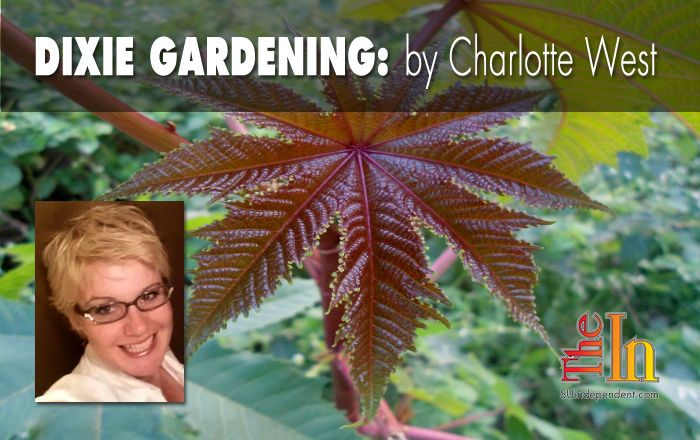 Written by Charlotte West
Written by Charlotte WestWe should all learn what plants may or may not be touched and the adverse side effects that come with it. We should know this for the safety of children and ourselves. While there are some plants are attractive and may be prized for their beauty, they may also be poisonous and many have no antidote.
Take for example the castor oil plant. These plants are known for their beauty but the castor oil beans contain ricin. Mistletoe is another poisonous plant that won’t be touched by most animals and should be handled with care by humans.
And there’s the Hemlock plant. It can fool you because it looks like parsley and is actually in the carrot family but just may be the most violent plant growing in the country. Ingestion of this plant can be fatal.
Let’s cover some parts of plants that are poisonous. All parts of bulbs are harmful to you as well as as well as all parts of the Belladonna. Stay away from the stems and the leaves of Milkweed. All parts of Lily of the Valley are poisonous. Foxglove is known to cause digestive problems and can be fatal in large amounts and is also known to cause mental confusion. The leaves and berries of English Ivy can be toxic as well. And make sure to stay away from the green husks of Walnuts. All parts of Oleanders are extremely deadly, which are widely dispersed and popular here in southern Utah. These plants are known to cause heart failure. Did you know that the Primrose is poisonous too? And stay away from Rhododendron for they may be fatal.
Call a physician if you or someone you know comes in contact with the listed plants. Some people say that inducing vomiting by giving a table spoon full of salt in a glass of warm water works, but it’s best to seek a doctor. It is important to educate yourselves as well as children. If you suspect ingestion of harmful plants, take the patient to the hospital. It’s better to be safe than sorry.
Charlotte West moved to southern Utah in 2004 from the farmlands of southern Arkansas, where cultivating the earth is a way of life. Her experiences give her a unique perspective on how plants grow, adapt, and survive in different climates. She finds great joy in sharing her knowledge with others and tending to her garden. From seedlings to 70-year-old elms, she can help you with your horticulture needs.




